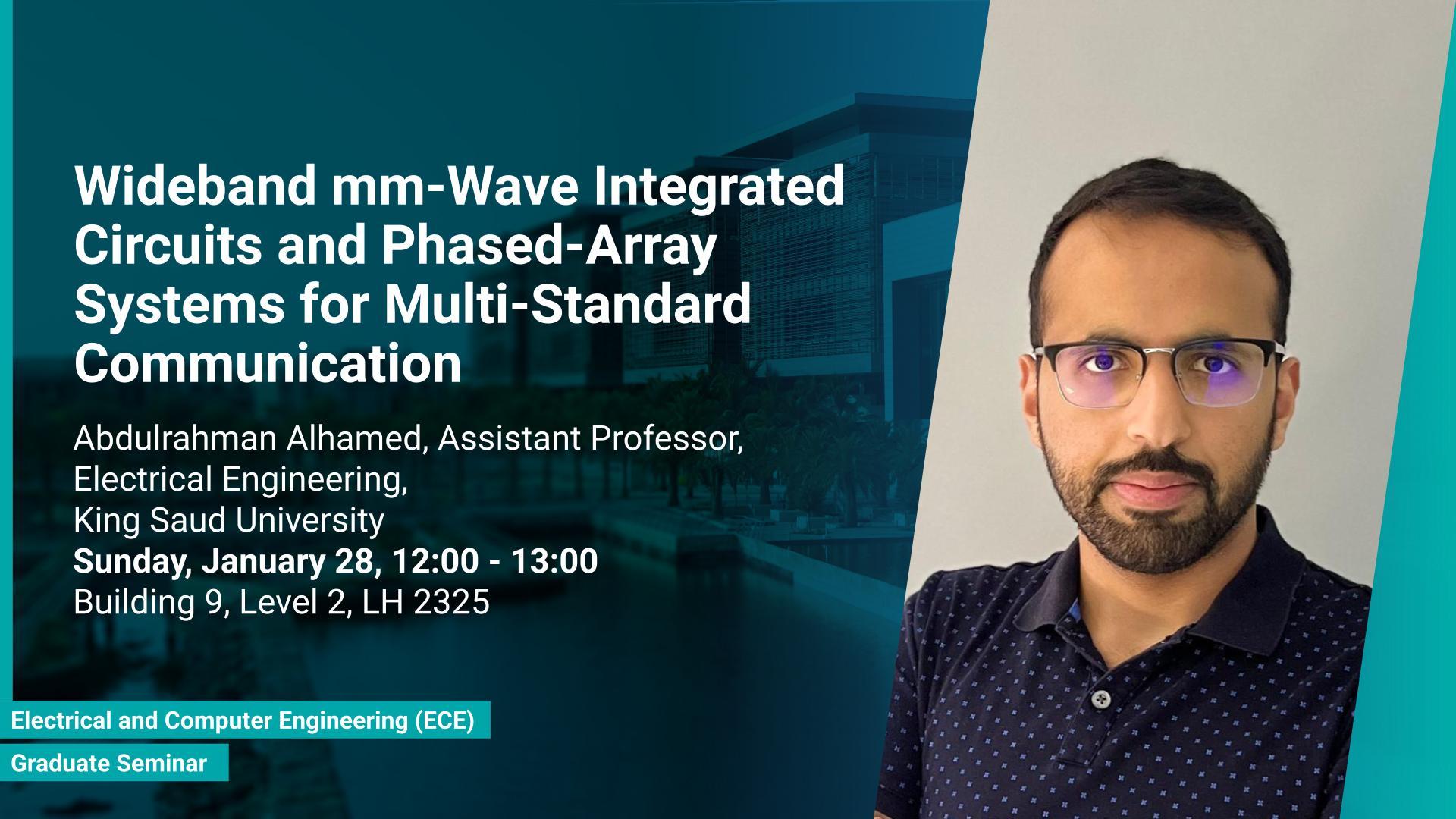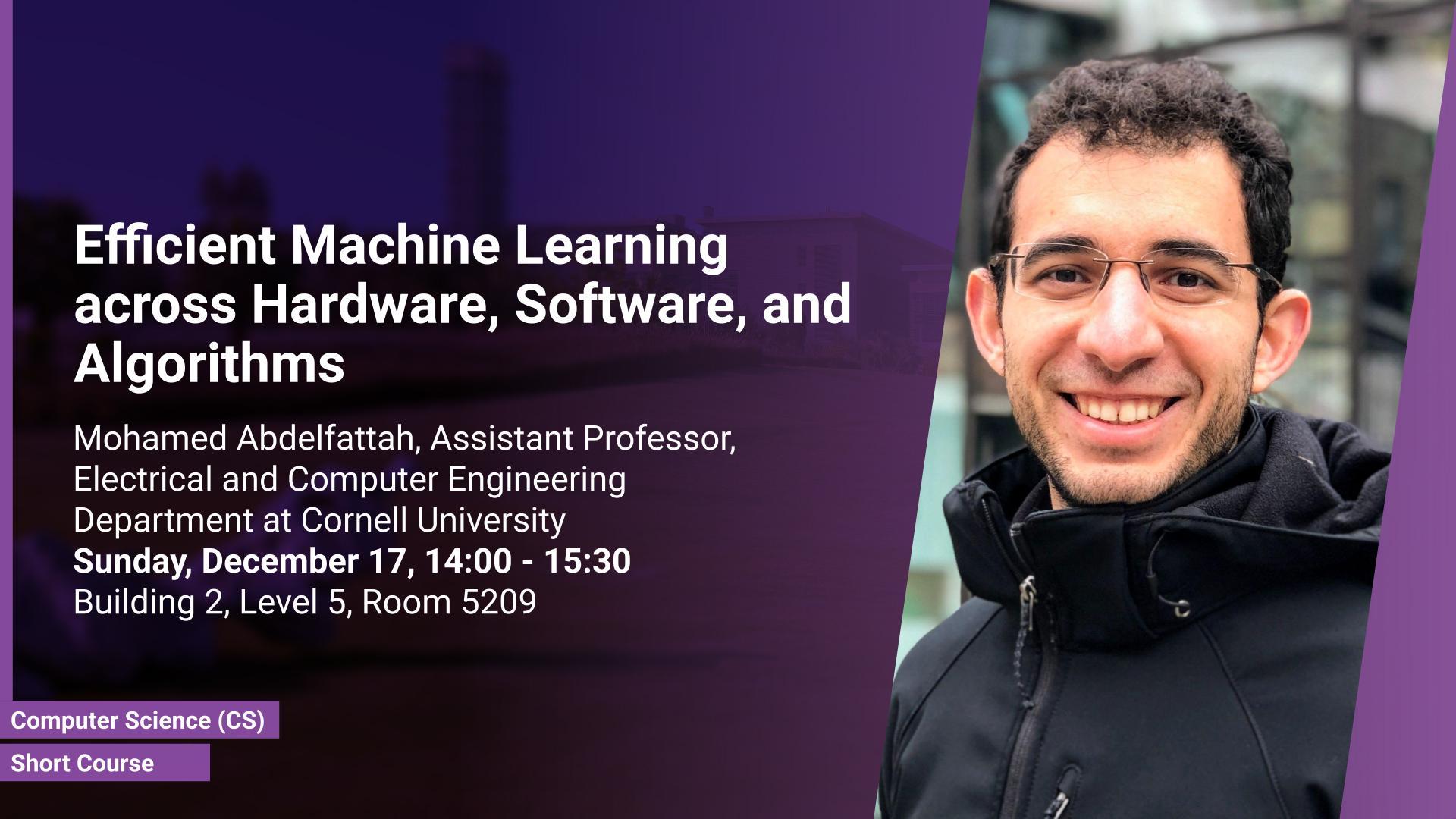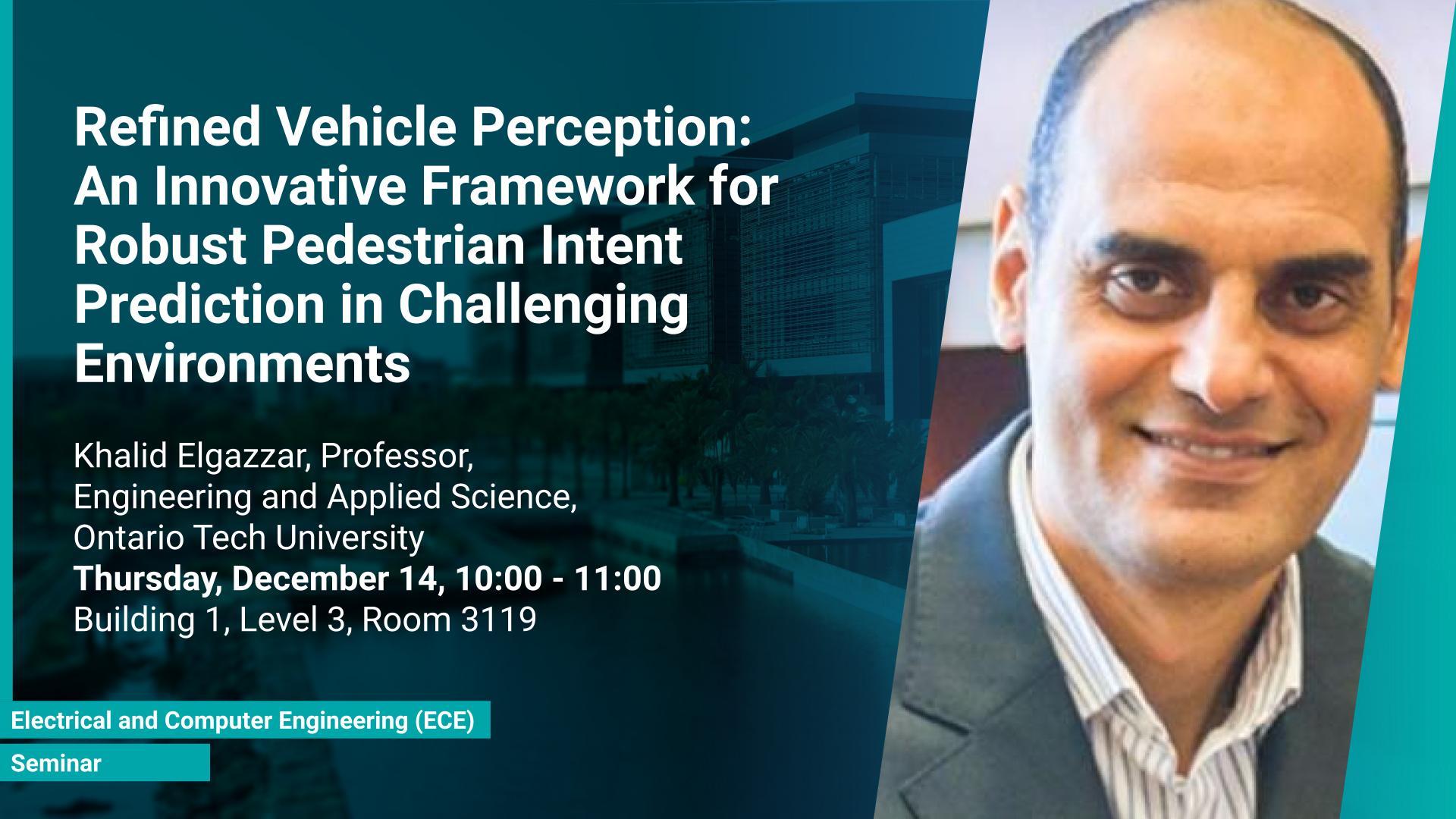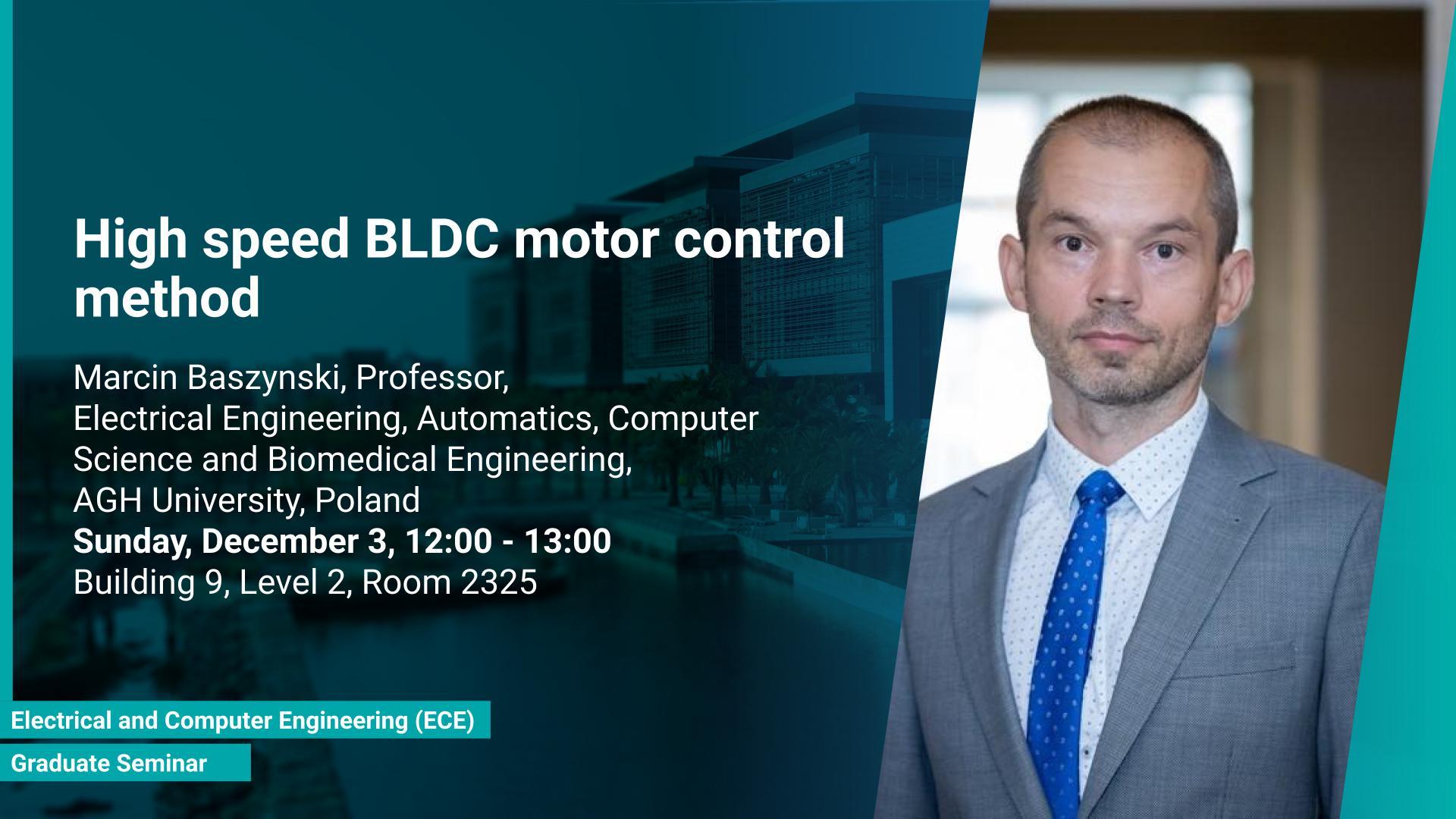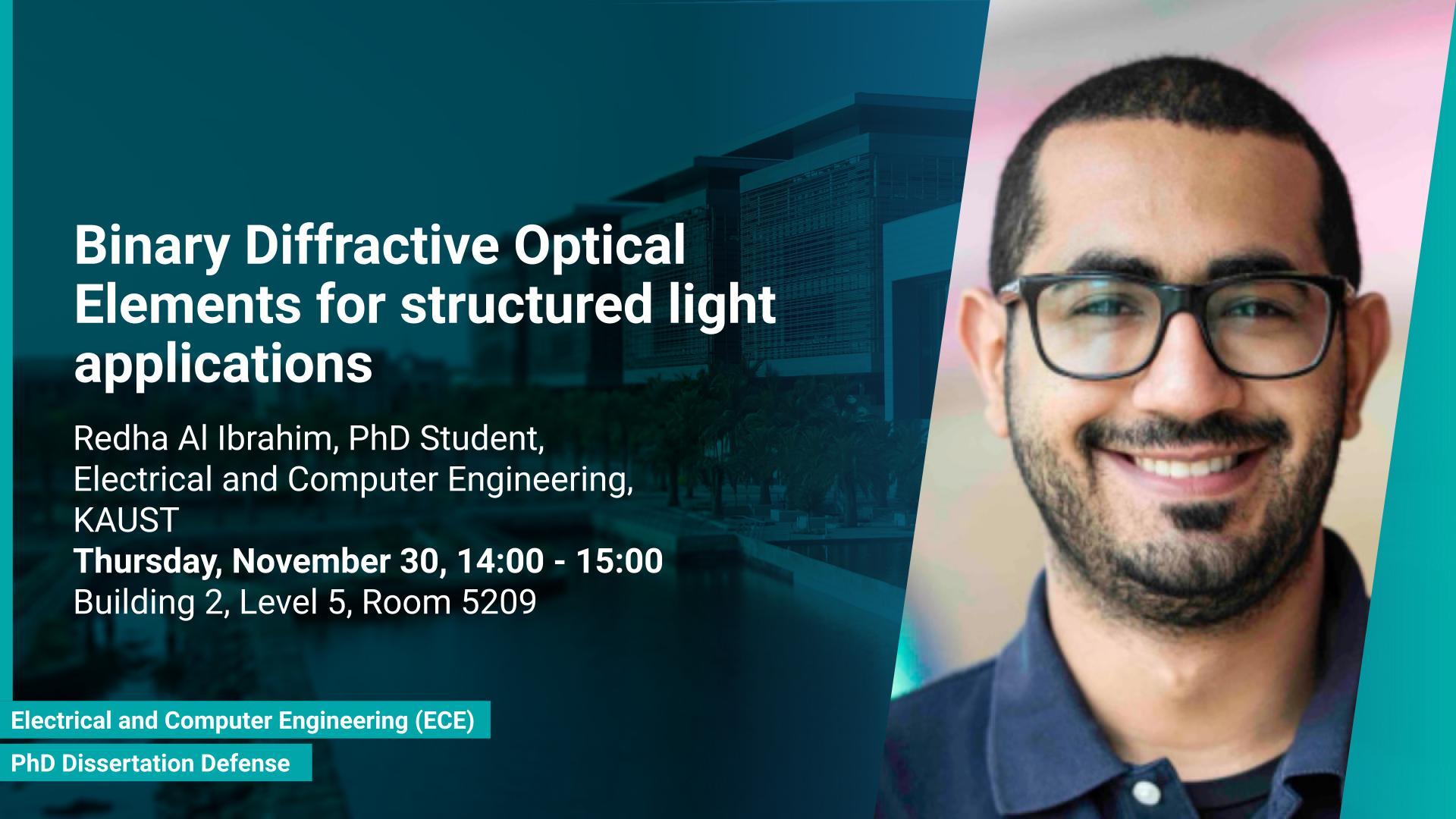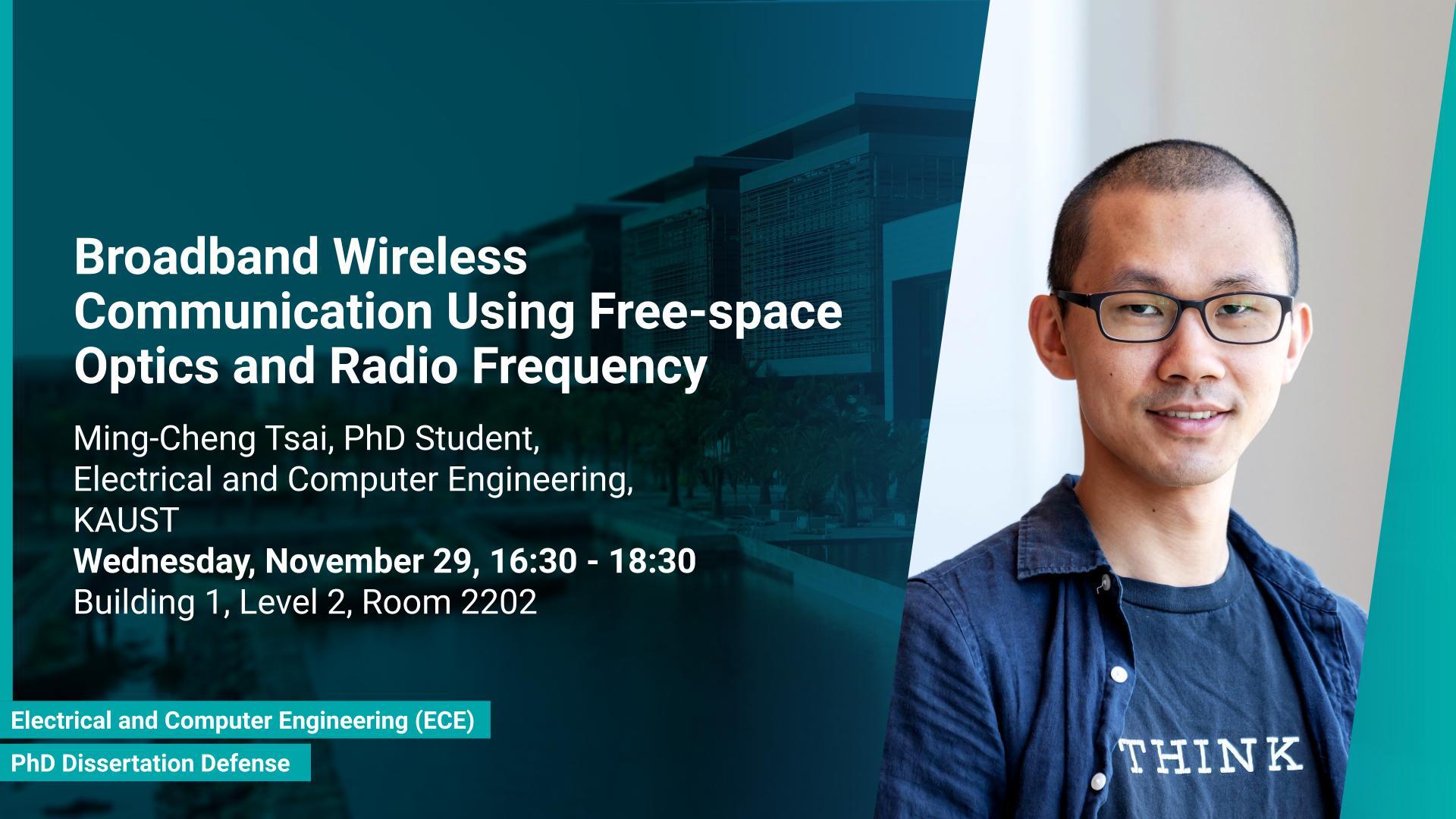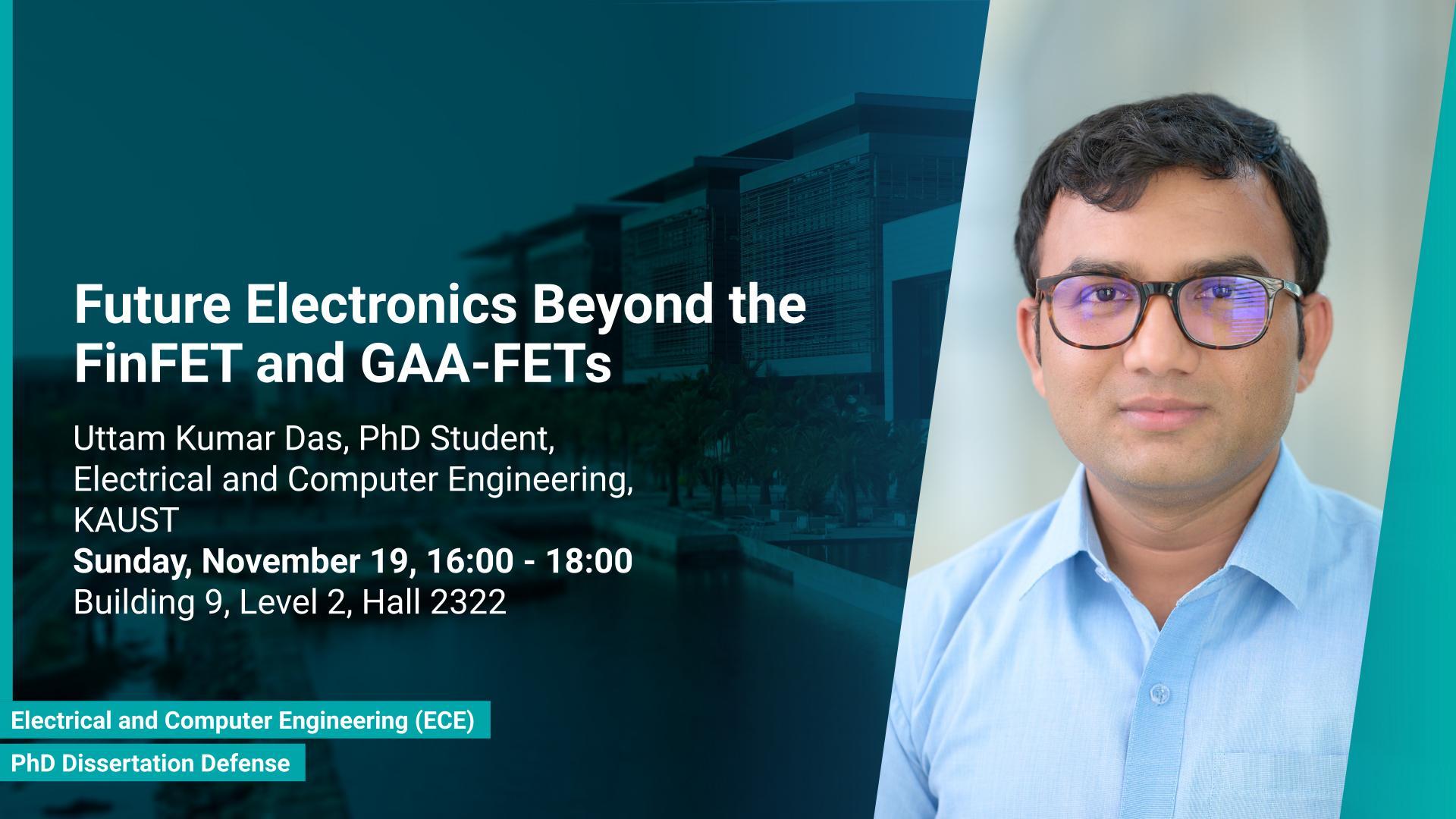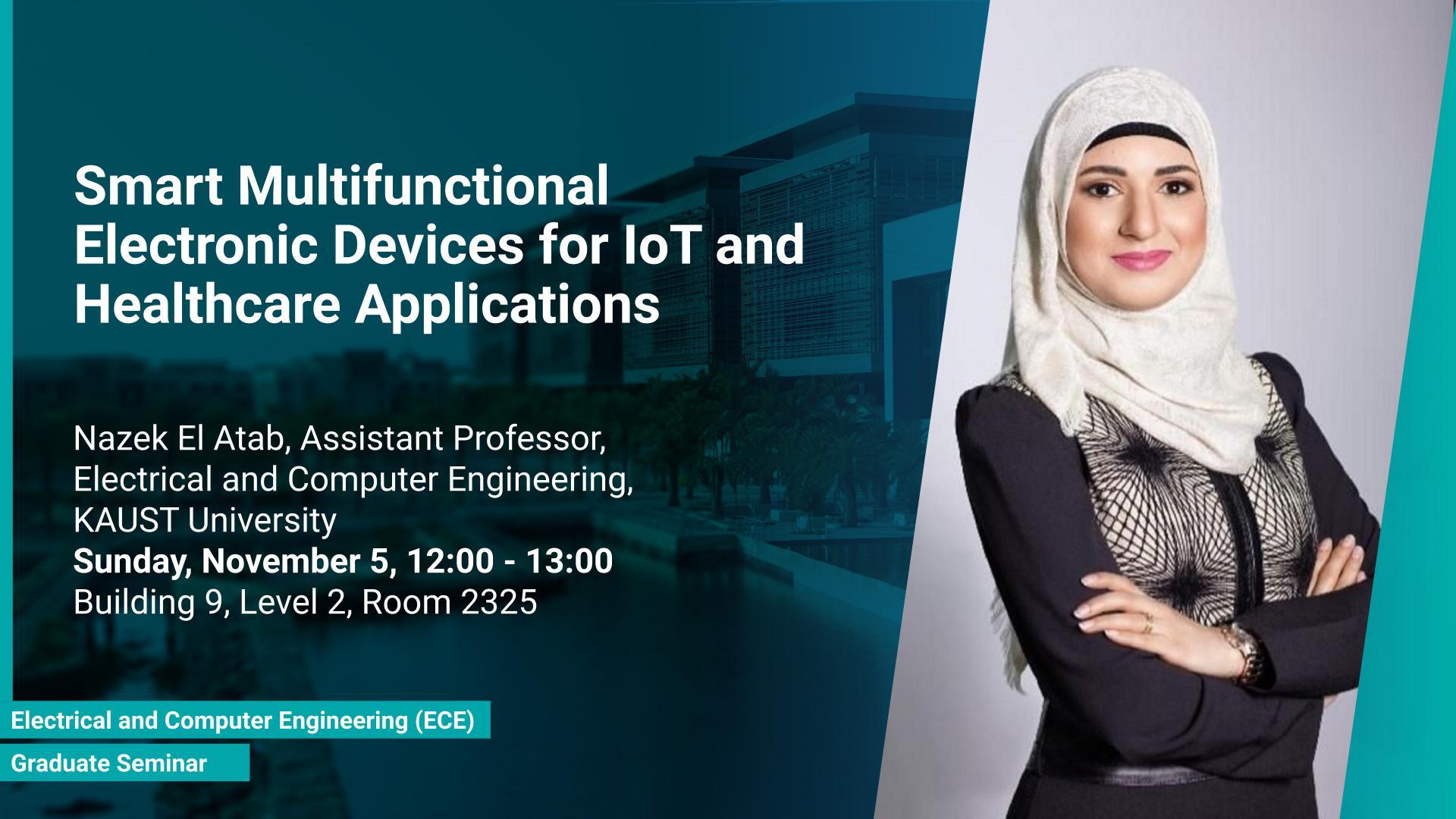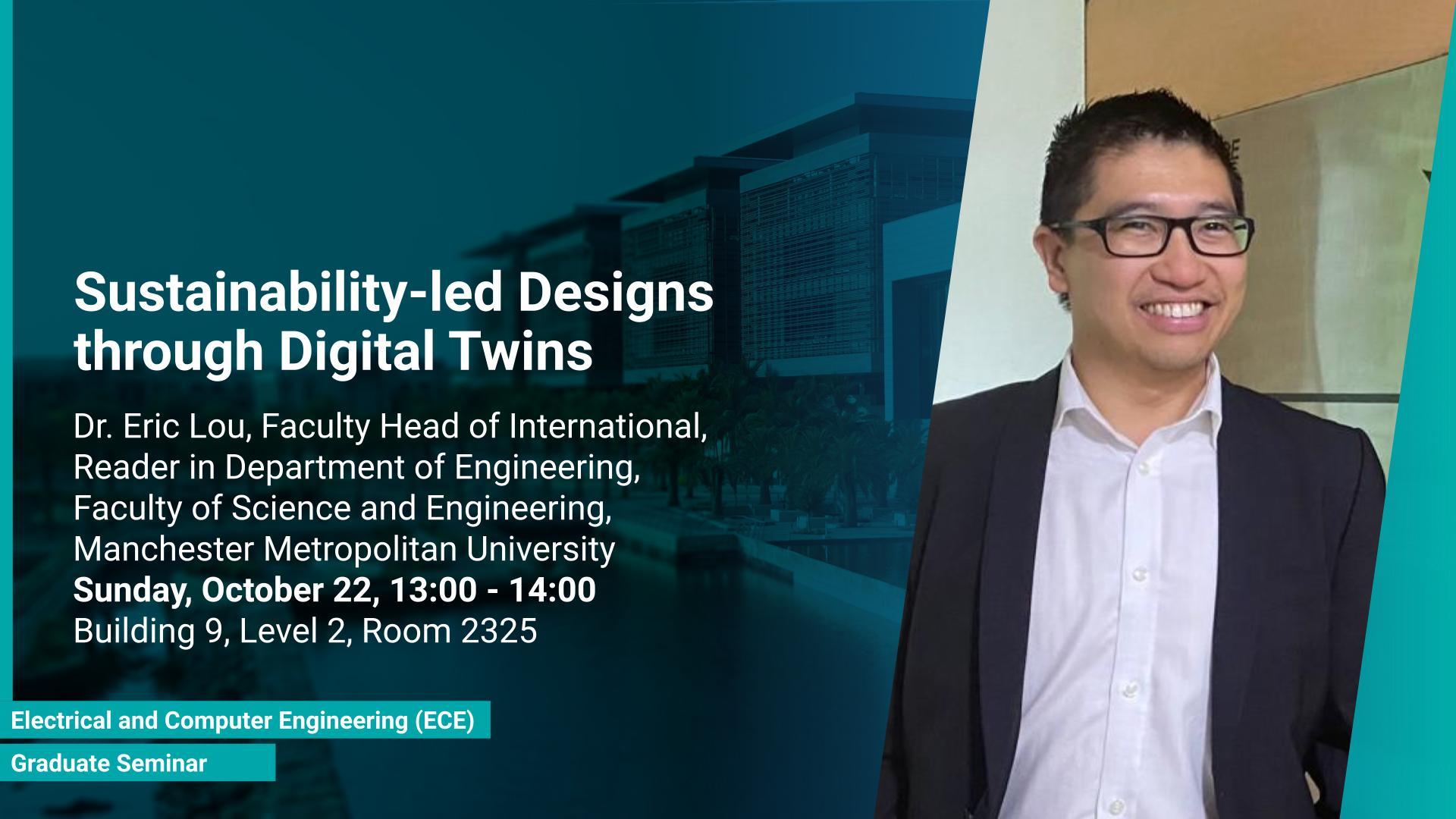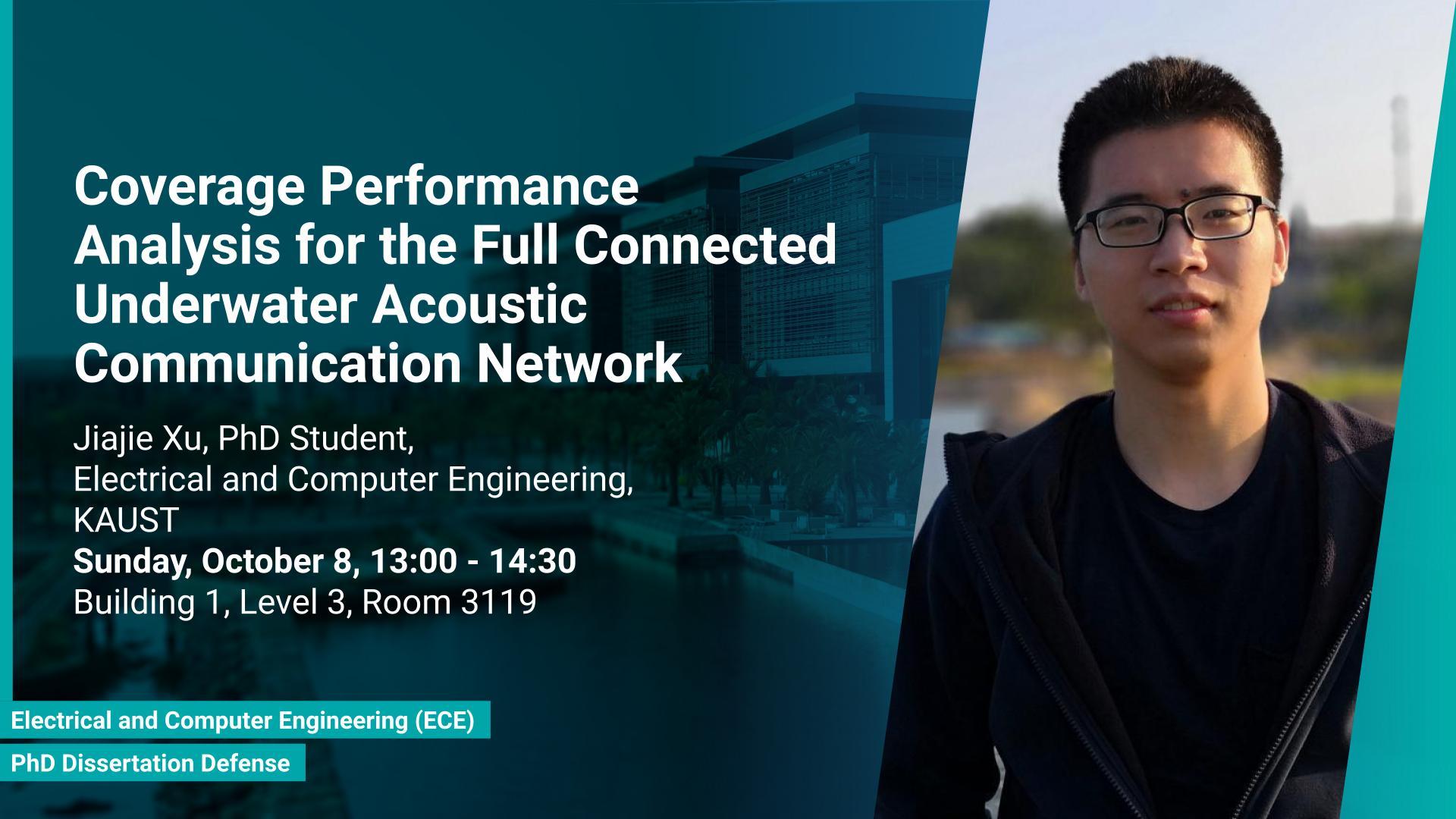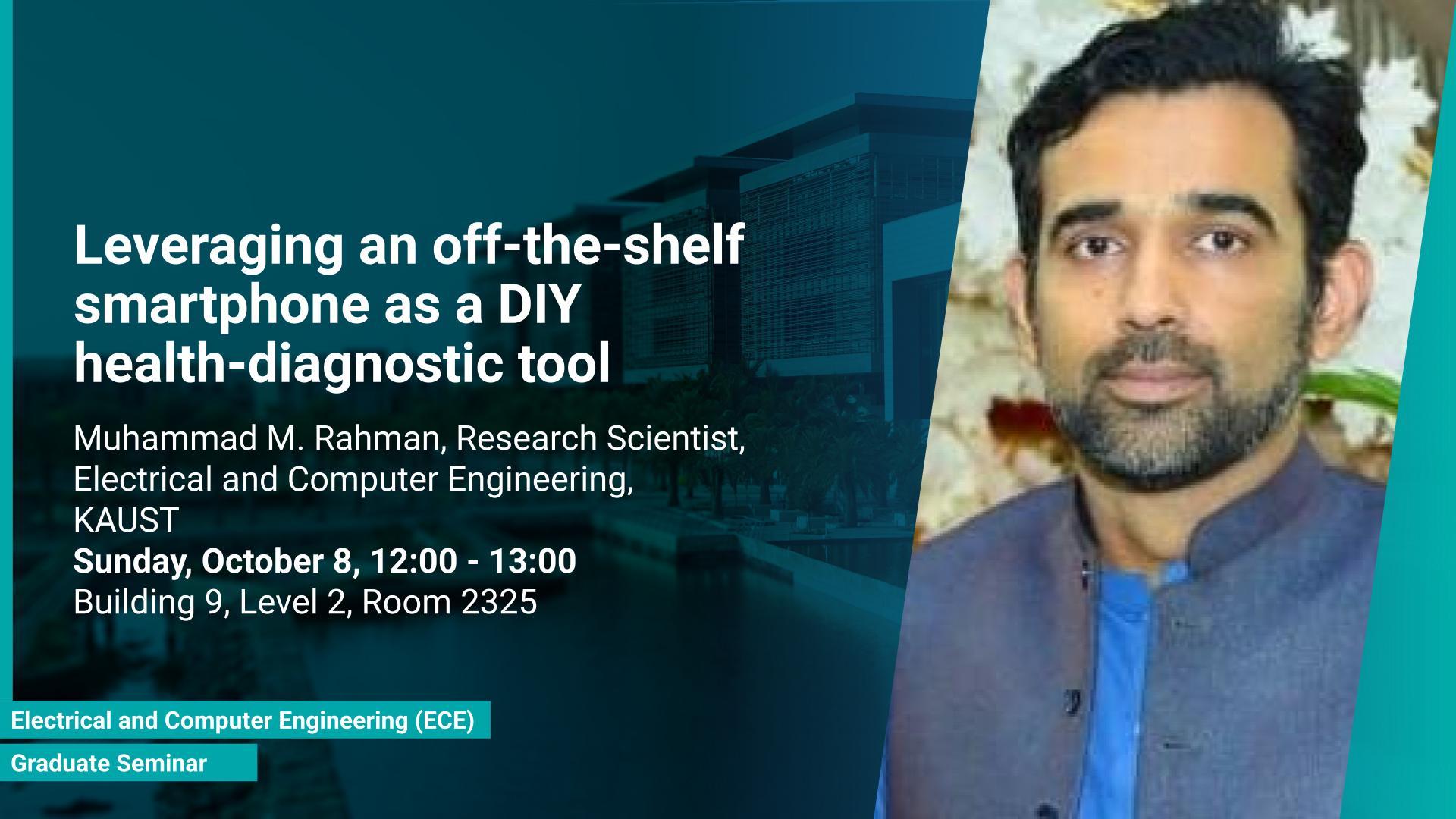PhD Student,
Electrical and Computer Engineering
Sunday, February 04, 2024, 12:00
- 13:00
Building 9, Level 2, Room 2325
Contact Person
Recently, InGaN-based blue, green, and red (RGB) micro-LEDs have garnered significant attention and interest due to their exceptional features such as high contrast, intense brightness, excellent energy efficiency, and long device lifetimes, positioning them as strong contenders as the next-generation display technology.

